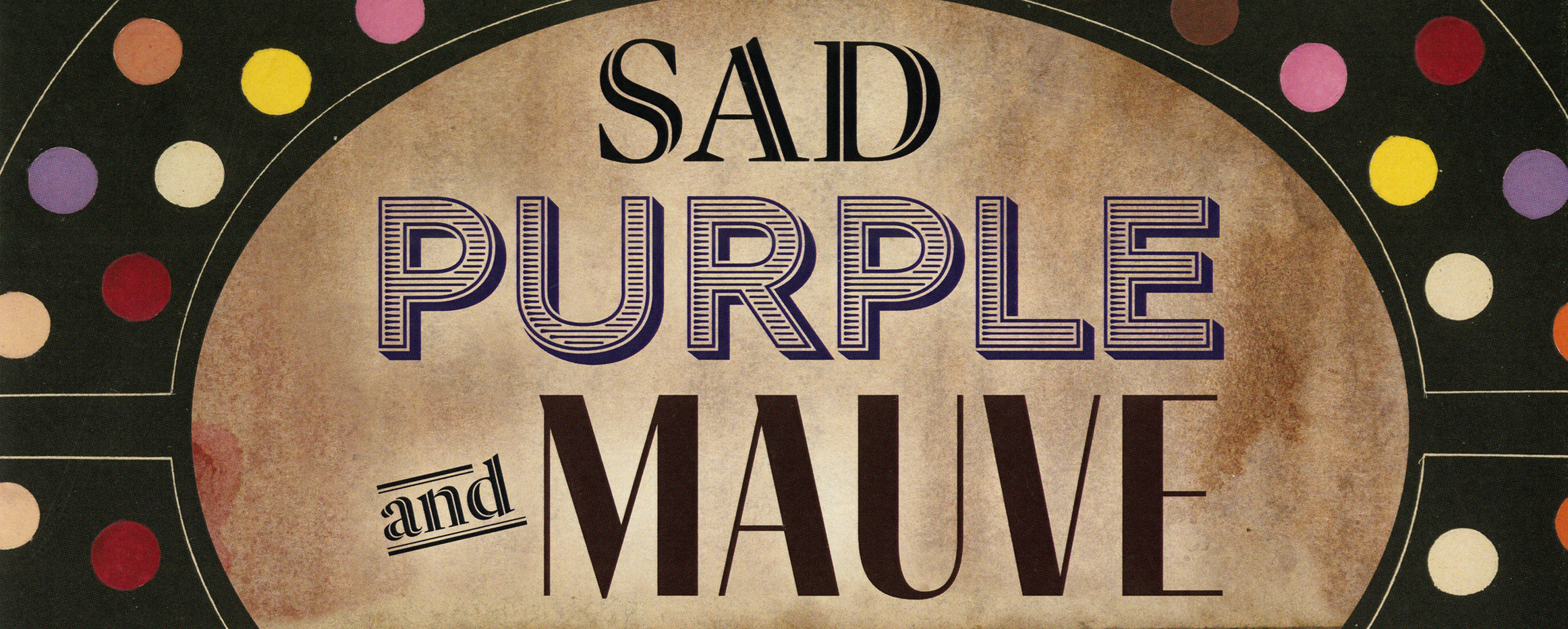Bloodroot
BLOODROOT
A surgeon in the US Navy, William Barton wrote his Vegetable Materia Medica to help American doctors understand the medicinal benefits provided by native plants of the United States. He notes, for example, that Bloodroot (Sanguinaria canadensis) has a highly corrosive ingredient (now called "sanguinarine") that can be used as an emetic to induce vomiting as well as a treatment for snake bites. He also hypothesizes that Bloodroot might be economically viable as a dye due to its "peculiar reddish, or rather orange coloured juice," though it would need powerful mordants to achieve a saturated color on fibers like wool.
Barton worried that Bloodroot "has produced dangerous effects when incautiously administered," but Native American communities had already been using Bloodroot successfully for generations, both as an external medicine to remove skin cancers, and as a dye for mats, baskets, textiles, and even skin.
— Written by Savannah Anez (Graduate Student, Plant Biology)
William P.C. Barton, M.D.
Vegetable Materia Medica of the United States, or Medicinal Botany
Philadelphia: H. C. Carey & I. Lea, 1817
OFFERING PUCCOON
Algonquin peoples of the 17th-century included puccoon (what Barton calls "bloodroot") and other red-dye materials in devotional practices. Several early English colonists in the Mid-Atlantic wrote that Algonquin people threw tobacco, copper, and pieces of puccoon toward temple houses and into rivers as spiritual offerings.
Makers among the First Nations continue to use puccoon as a dye, particularly for materials in basketry.
— Written by Sarah K. Rich (Art History, Center for Virtual/Material Studies)

